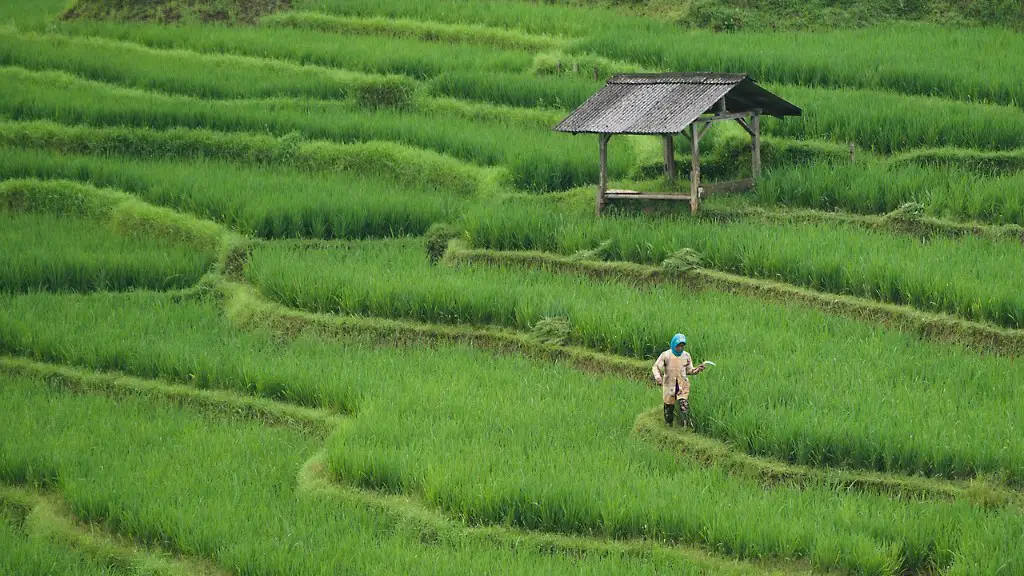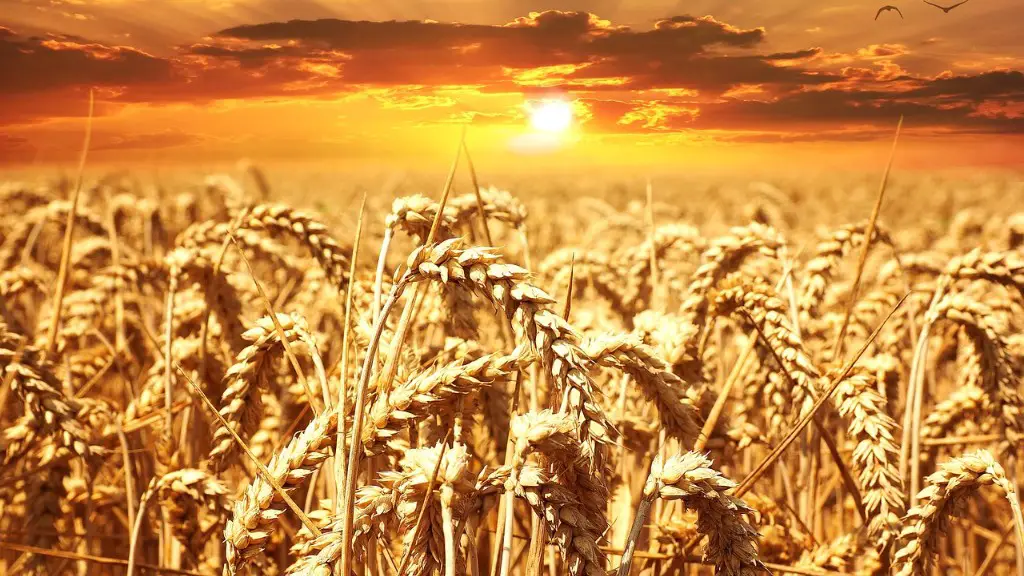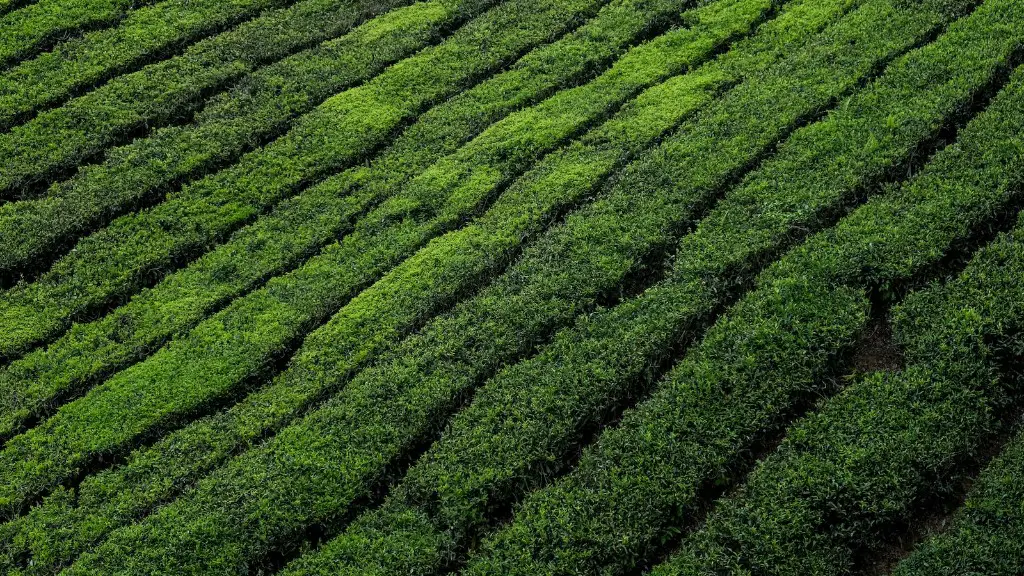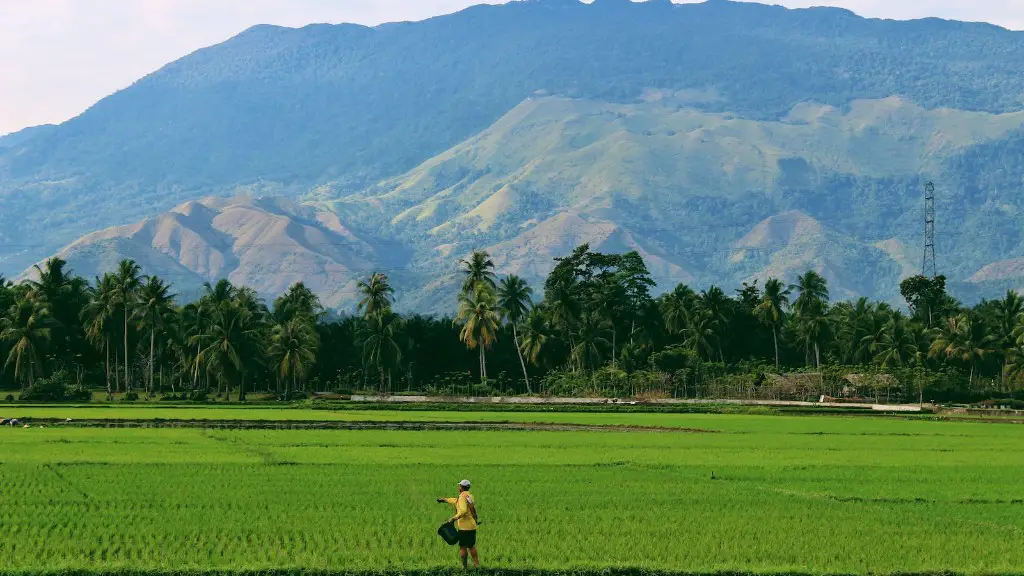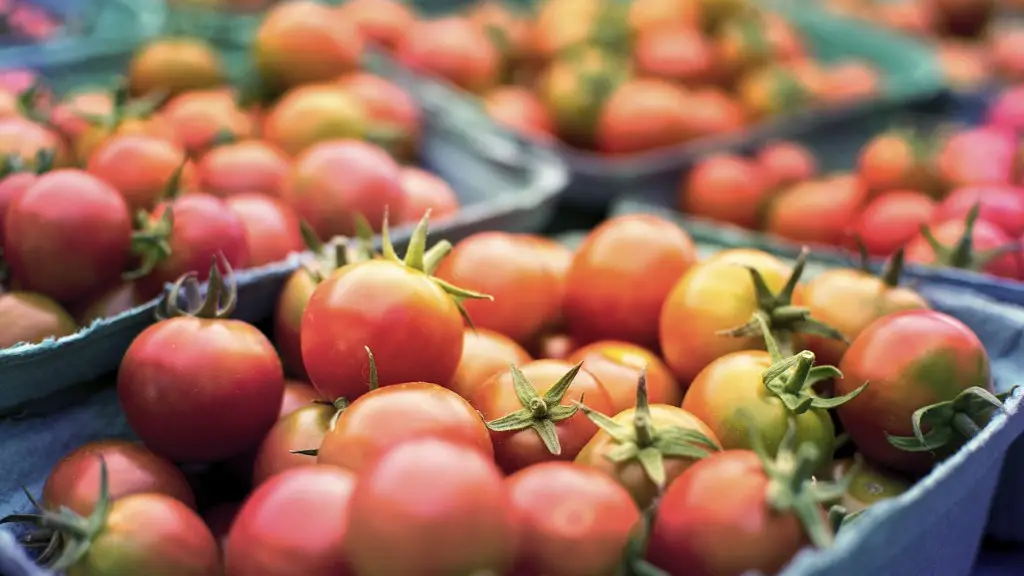Hawaii is a place known for its natural beauty and island lifestyle. While the beaches and beautiful views are part of the charm, Hawaii is also well-known for its agriculture. Hawaiian agriculture has a long, rich history, from ancient agricultural practices to the modern agricultural industry.
The first Polynesian settlers in Hawaii brought with them the concept of wetland taro cultivation, which was adapted to the islands’ draining soils and aquatic conditions. This was the first form of Hawaiian agriculture, and it was also one of the most successful and sustainable agricultural practices ever developed in the islands.
In the late 19th and early 20th centuries, sugarcane, pineapple, and rice were introduced to Hawaii and began to dominate its agricultural production. Hawaii became one of the leading producers of pineapple and sugarcane in the world. In addition, cattle ranching, dairy production, and aquaculture have also been important agricultural industries in Hawaii.
Today, agriculture is an important part of the Hawaiian economy. The agricultural industry in Hawaii is responsible for producing a wide variety of crops and livestock, such as coffee, macadamia nuts, taro, papaya, bananas, beef, lamb, and seafood.
In addition to the traditional agricultural products, Hawaii also produces innovative agricultural products, such as aquaponics, hydroponics, and microalgae production. These innovative agricultural practices are helping to increase food production, reduce water consumption, and combat climate change.
Hawaii is also leading the way in sustainable agriculture. A variety of agricultural practices and policies have been implemented to promote sustainable agriculture, such as better water management, energy-efficient farming techniques, and agricultural diversification.
The agriculture of Hawaii is varied and important to its economy and culture. From traditional wetland taro cultivation to innovative aquaponic techniques, the agricultural industry in Hawaii has a long and successful history, and continues to be an important source of food production and economic development in the islands.
History of Hawaiian Agriculture
The history of Hawaiian agriculture dates back to ancient times, when the first Polynesian settlers brought with them the concept of wetland taro cultivation. This ancient practice was adapted to the local conditions of the Hawaiian Islands and allowed for wetland taro farms to be established in marshy and low-lying areas. Taro became a staple crop of the Hawaiian diet, and the practice of taro farming was highly successful and sustainable.
In the late 19th and early 20th centuries, the arrival of western settlers and the introduction of new agricultural practices drastically changed the Hawaiian agricultural landscape. Sugarcane and pineapple plantations were established throughout the islands, and these two crops soon became the leading agricultural commodities in Hawaii. Rice, coffee, beef, and dairy production were also introduced, and these crops and livestock quickly became important agricultural industries.
Today, Hawaiian agriculture has become a diverse and vibrant industry, with traditional crops such as taro, pineapple, and sugarcane still playing an important role. In addition, innovative agricultural practices, such as microalgae production, hydroponics, and aquaponics have also been introduced, and are helping to increase food production and reduce water consumption. Furthermore, policies aimed at promoting sustainable agriculture, such as better water management, energy-efficient farming techniques, and agricultural diversification have been implemented in order to promote the long-term sustainability of Hawaiian agriculture.
Impact of Hawaiian Agriculture
The impact of Hawaiian agriculture on the islands has been tremendous. Agriculture is an important source of employment and economic activity in Hawaii, and the agricultural sector accounts for more than 10 percent of the island’s gross domestic product. In addition, Hawaiian agricultural products are highly sought after, and the state’s sugarcane and pineapple production is among the highest in the world.
Agriculture is also important to Hawaiian culture and identity. The traditional practice of taro farming is one of the oldest and most significant agricultural practices in the islands, and it is still practiced today. In addition, local farmers markets, organic farms, and agricultural festivals help to promote an appreciation for traditional Hawaiian food and culture.
Hawaiian agriculture has also made important contributions to sustainable development. Innovative agricultural practices, such as aquaponics, hydroponics, and microalgae production, are helping to increase food production and reduce water consumption. In addition, policies aimed at promoting sustainable agriculture, such as better water management, energy-efficient farming techniques, and agricultural diversification, are helping to ensure the long-term sustainability of Hawaiian agriculture.
Hawaiian Agriculture Today
Today, Hawaiian agriculture is a vibrant and diverse industry. There is a wide variety of crops and livestock produced in Hawaii, ranging from traditional taro, sugarcane, pineapple, rice, and coffee to more innovative products such as aquaculture, hydroponics, and microalgae production. In addition, cattle ranching, dairy production, and aquaculture are also important agricultural industries in the state.
Hawaiian agriculture is also becoming increasingly sustainable. A number of policies and initiatives are being implemented in order to promote sustainable agriculture, such as better water management, energy-efficient farming techniques, and agricultural diversification. In addition, the state has implemented a variety of tax incentives and other subsidies to help support the agricultural sector.
Agriculture is an important part of the Hawaiian economy, culture, and identity. From traditional taro farming to modern aquaponic techniques, the agricultural industry in Hawaii is helping to provide food, employment, and economic activity throughout the islands. Furthermore, the various policies and initiatives aimed at promoting sustainable agriculture are helping to ensure the long-term sustainability of Hawaiian agriculture.
Future of Hawaiian Agriculture
The future of Hawaiian agriculture looks promising. The introduction of new agricultural technologies, such as aquaponics, hydroponics, and microalgae production, are helping to increase food production while also reducing water consumption. In addition, the state has implemented a variety of policies and initiatives aimed at promoting sustainable agriculture, such as better water management, energy-efficient farming techniques, and agricultural diversification.
These policies and initiatives are helping to ensure the long-term sustainability of Hawaiian agriculture, and are helping to make the state an attractive destination for agricultural investment. In addition, Hawaiian agricultural products, such as sugarcane and pineapple, are highly sought after in the global market, and the state’s strong tourism sector also provides a stable market for a variety of farm-to-table products.
Hawaii is committed to supporting the agricultural sector and promoting sustainable agriculture. From traditional wetland taro cultivation to innovative aquaponic systems, the agricultural industry in Hawaii has a long and successful history, and is an important source of food, employment, and economic activity throughout the islands.
